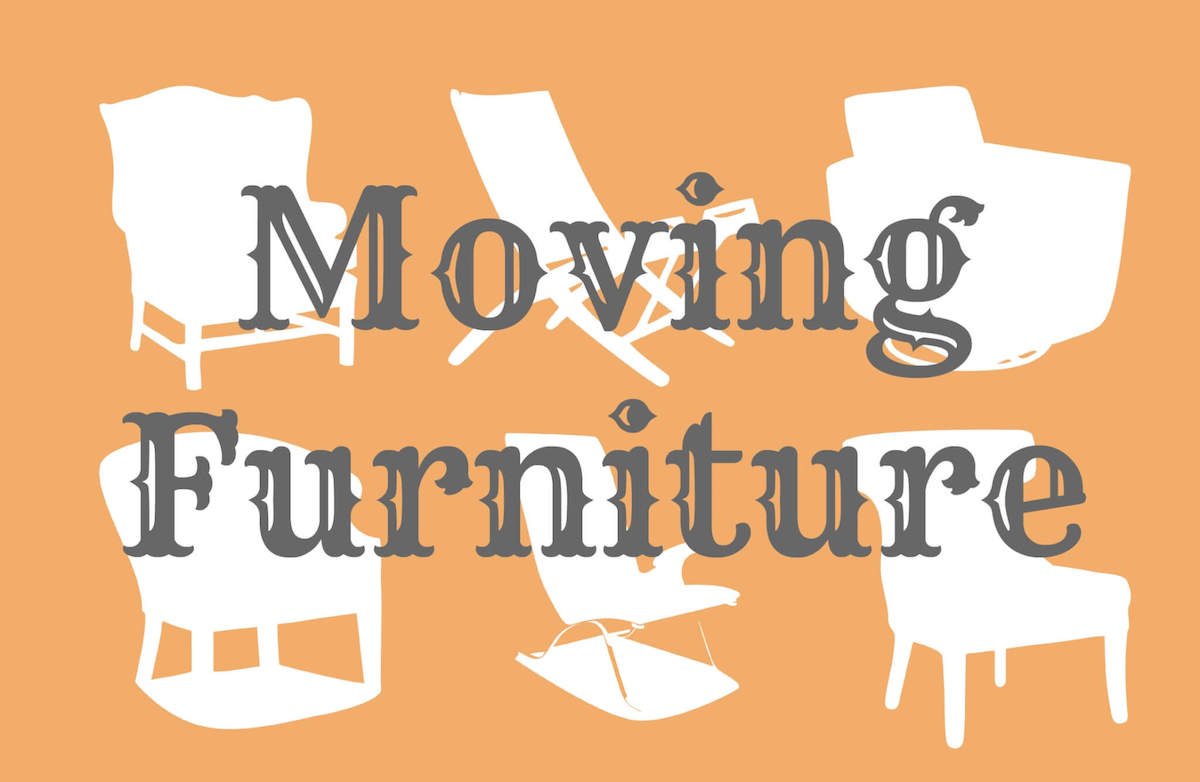It’s the time of year for saving money!

Many years ago, when I was even younger and stupider than I am now, I house sat for a friend. While he was away, I rearranged his living room so the stereo sounded better. Boy, was his wife pissed…that was his first wife…
So, I don’t rearrange other people’s furniture unless asked, nowadays.
But rooms are the problem, the main problem in the vast majority of stereo systems that exist in the world. And very often a big improvement can be free.
Lets’s go back to basics. To create an optimum three-dimensional stereo we need a triangle of two loudspeakers and one pair of human ears. The triangle can be equilateral or slightly more oblique, but as long as you have the two loudspeakers equidistant from your ears with nothing blocking, reflecting, or aurally getting in the way, you’re basically good. If you listen and the recording has dimensional cues, you’re going to hear them.

Now lets’ look at what happens in the real world…hard floors, big glass coffee tables, long narrow “combination” rooms, fireplaces, decorators…even in dedicated rooms I often see and hear too much room and furnishings-related additive and subtractive harmonic and spatial colorations for my taste. So many times, I find myself getting slightly cranky thinking “I want to hear my music, not your damn room…”
So, what are my favorite free fixes for a problem room? You are going to hate me, but in the words of the Rolling Stones “Ya Gotta Move.” No, not move out of your home, but move your seat and your loudspeakers to form a “more perfect union” of stereo triangulated goodness. In some rooms this means jettisoning that coffee table. In others in might mean repurposing an area rug to cover that huge patch of shiny floor in front of your loudspeakers.
 In some rooms the problem is excess reverberance from parallel surfaces, which creates a slap-back or flutter echo. It’s easy to hear by merely clapping your hands and listening to what comes after…If flutter is a problem (and it often is in rectangular rooms) Some sonically absorptive material on at least one of the offending walls will usually reduce the problem. Overstuffed furniture works. The more elegant and designer-friendly solutions are made by firms such as GIK acoustics, but obviously, their wares aren’t free.
In some rooms the problem is excess reverberance from parallel surfaces, which creates a slap-back or flutter echo. It’s easy to hear by merely clapping your hands and listening to what comes after…If flutter is a problem (and it often is in rectangular rooms) Some sonically absorptive material on at least one of the offending walls will usually reduce the problem. Overstuffed furniture works. The more elegant and designer-friendly solutions are made by firms such as GIK acoustics, but obviously, their wares aren’t free.

You’re going to find my second suggestions just as awful – take up headphone listening. If you can’t fix your room, perhaps giving up is the best solution – leave the system in its “non-audiophile-friendly” position, relegate it to background listening duties, and move all your serious listening over to the headphone space. Room issues? Not anymore…
I will admit that I split the difference for most of my serious listening. 1/3 is headphone time, 1/3 is desktop nearfield listening, and the last third is in my room-based system. Each system excels at different aspects of sound reproduction. When I want to hear deep into a mix headphones rule. When soundstaging and imaging info is paramount the nearfield system tells me what I need to know with the most alacrity. The room-based system tells me what a room-based system will do to the sound, for better and worse.
 Going back to plan A, moving stuff around in your living room…I suggest doing it when no one else is around…
Going back to plan A, moving stuff around in your living room…I suggest doing it when no one else is around…








